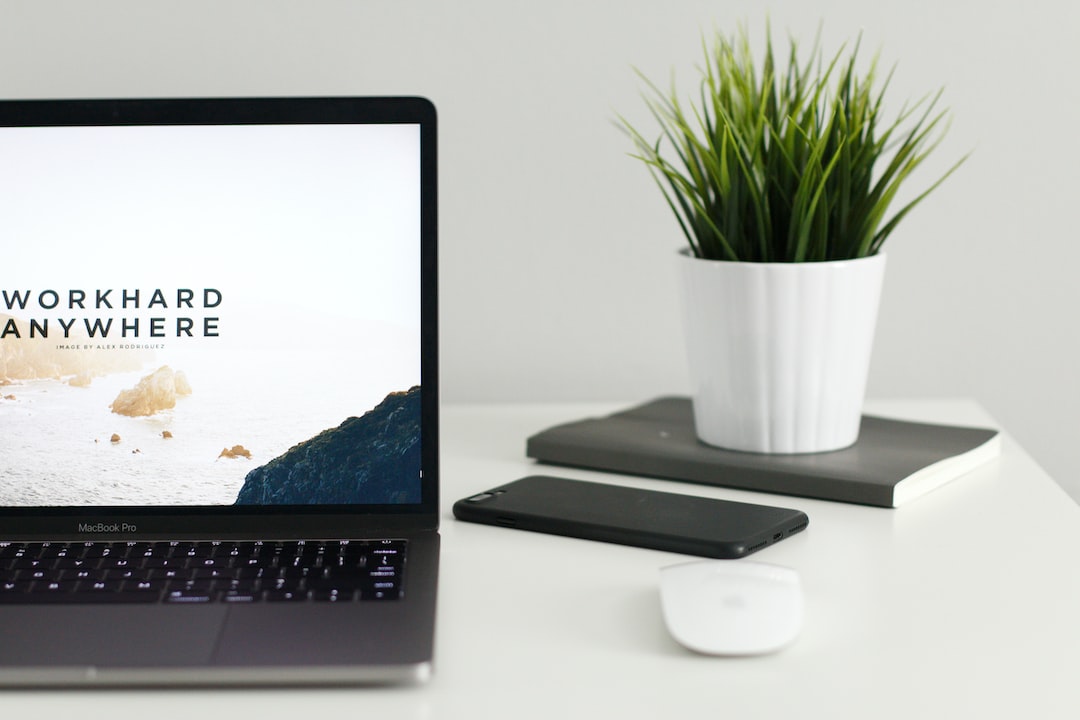The Intersection of Design and Psychology
Design and psychology, two seemingly unrelated fields that have more in common than we may think. Although one deals with the aesthetics and functionality of objects while the other explores human behavior and cognition, the intersection of design and psychology is a rich area of study that holds immense potential for improving user experience and decision making. In this blog post, we will delve into how design and psychology converge and the impact it has on our everyday lives.
Design, in its various forms, surrounds us. From the layout of a website to the shape of a coffee mug, design plays a significant role in shaping our experiences and emotions. But what goes into the creation of designs that resonate with users? This is where psychology comes into play. By understanding the way our minds work and how we perceive the world, designers can optimize their creations for maximum impact.
One fundamental concept in the intersection of design and psychology is user-centered design. This approach puts the needs and desires of the end-user at the forefront of the design process. By conducting research, gathering feedback, and thoroughly understanding the target audience, designers can create products and experiences that deliver what people truly want. By combining psychological principles with design expertise, user-centered design ensures that the end result meets the needs of the user, resulting in greater satisfaction and acceptance.
One fascinating aspect of this intersection is the role of color psychology in design. Colors have the power to evoke emotions and influence our behavior. Different colors can stimulate various cognitive responses, such as calmness, excitement, or even hunger. For example, studies have shown that the color red can increase heart rate and appetite, which is why it is often used in fast-food restaurant logos. Understanding the psychological impact of colors allows designers to strategically incorporate them into their creations to evoke specific emotions or guide user behavior.
Another crucial area where design and psychology overlap is in the design of websites and user interfaces. Websites and apps are often the first point of contact for users, and their design can greatly impact user engagement and satisfaction. The field of cognitive psychology, which focuses on how our minds process information and make decisions, provides valuable insights in optimizing user interfaces and website layouts. By simplifying navigation, organizing information in a logical manner, and reducing cognitive load, designers can create interfaces that are intuitive and enjoyable to use.
Moreover, psychology can also influence the design of physical spaces and architecture. Our surroundings have a profound impact on our well-being and mental state, and designers can use this knowledge to create environments that promote health, happiness, and productivity. For example, incorporating natural elements like plants and natural light into interior design has been shown to improve mood and cognitive performance. By integrating psychological principles into architectural design, we can create spaces that support our physical and psychological needs.
In recent years, the field of persuasive design has gained significant attention. Persuasive design aims to influence user behavior and encourage specific actions or choices. By applying principles from psychology, such as social proof, scarcity, and reciprocity, designers can nudge users towards making desired decisions. Whether it’s a website prompting users to sign up for a newsletter or a mobile app encouraging healthy habits, persuasive design can have a significant impact on user actions.
The intersection of design and psychology is a dynamic and evolving field that holds tremendous potential for improving our lives. By understanding how our brains perceive and process information, designers can create more effective and enjoyable experiences. From the color choices in a logo to the layout of a website, the application of psychological principles in design allows us to connect with users on a deeper level and create meaningful interactions.
In conclusion, the convergence of design and psychology is a fascinating realm where creativity and scientific knowledge intertwine. By incorporating psychological principles into design, we can create products and experiences that not only meet user needs but also inspire emotions and drive desired behaviors. As we continue to explore this intersection, the possibilities for improving design and enhancing user experiences are endless.

